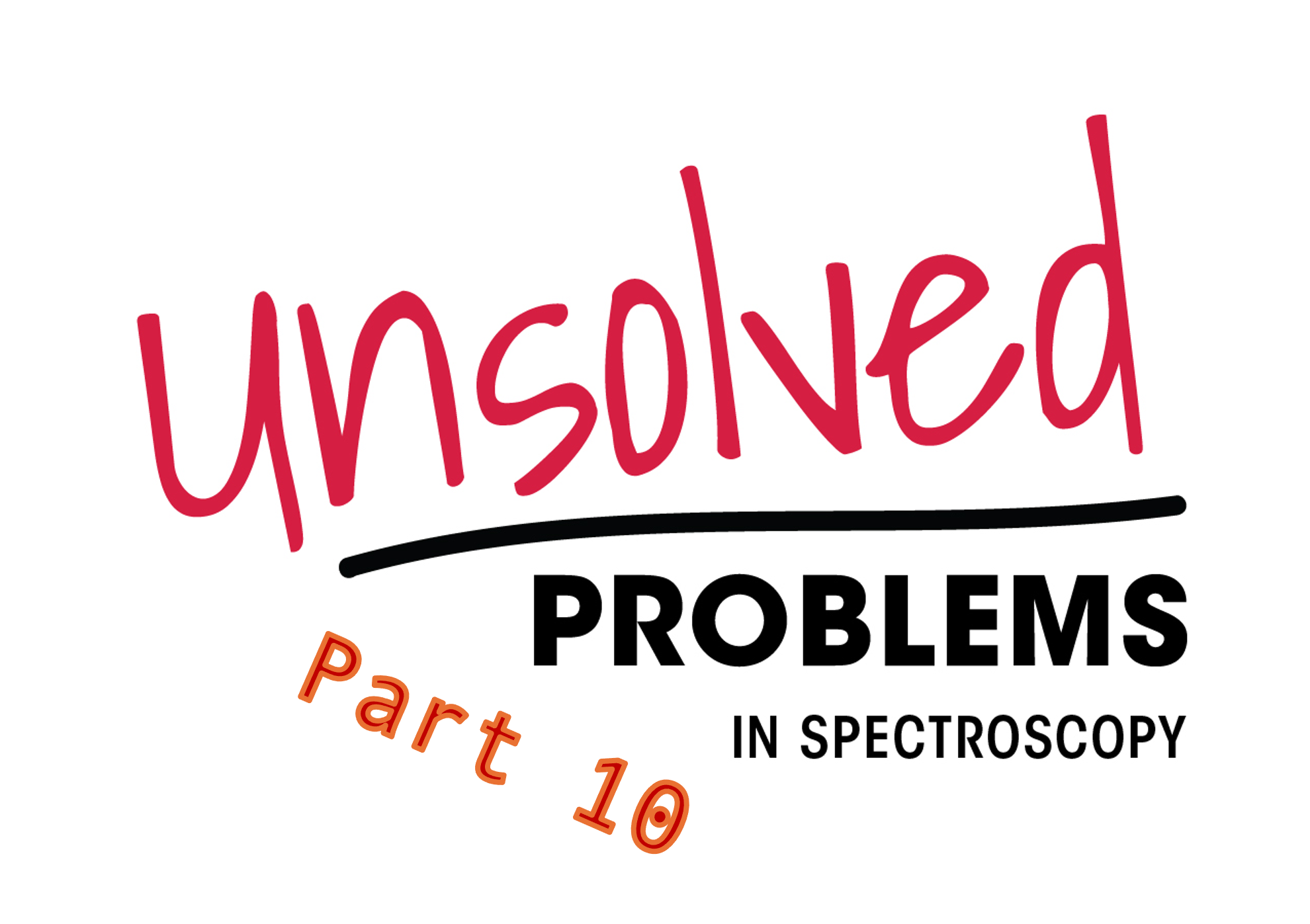News
Article
Temperature Dependent Raman Spectroscopy Used to Analyze Liquid Crystals
Author(s):
Liquid crystals are used in a variety of fields including optics, electro-optics, biomedical and fast switching devices.
In a recent study published in the Spectrochimica Acta Part A: Molecular and Biomolecular Spectroscopy scientists analyzed the structural properties of two nematic liquid crystals (LC) with high clearing temperatures using Raman spectroscopy (1).
The LC clearing temperature, also known as clearing point or clearing transition temperature, is the temperature at which an LC material transitions from its ordered, anisotropic liquid crystalline phase to a disordered, isotropic liquid phase. This transition involves the loss of the LC material's distinct optical properties, such as birefringence, which causes light to pass through the LC layer without polarization effects. The clearing temperature is a critical parameter as it defines the optimum operational temperature range for a liquid crystal display (LCD).
LCs are used in a variety of fields including optics, electro-optics, biomedical and fast switching devices, the researchers wrote. The nematic phase, which the researchers investigated specifically, is useful because the molecules are parallel with one another and can easily be manipulated using external fields.
“A uniformly aligned nematic is optically uniaxial, positive and strongly birefringent,” the researchers wrote in the study. “The uniaxial anisotropy this LCs results in different electrical and optical properties which makes them extremely interesting and useful in many LCDs.”
For this experiment the scientists tested the two compounds at a range of temperatures using temperature dependent Raman spectroscopy.
The scientists found that the experimental values of the different Raman peak spectra aligned with the bonds and functional group assignment record that has been previously covered in other scientific literature. The peak positions of both compounds were the same throughout the variation of temperature in the liquid crystal phases. This means there was no phrase change or losing of crystallinity in the LC phase.
“We can conclude that only single LC phase is present in both the compounds,” the researchers wrote in the study. “The changes in the peak position near the clearing temperatures of the Raman spectra shows the deformations of the LC compound before attaining isotropic liquid phase.”
Reference
1. Basumatary, J.; Gangopadhyay, D.; Nath, A.; Thingujam, K. D, Studies of temperature dependent Raman spectroscopy of two nematic liquid crystalline compounds of homologous series. Spectrochimica Acta Part A: Molecular and Biomolecular Spectroscopy. 2023, DOI: https://doi.org/10.1016/j.saa.2023.122898
Newsletter
Get essential updates on the latest spectroscopy technologies, regulatory standards, and best practices—subscribe today to Spectroscopy.





